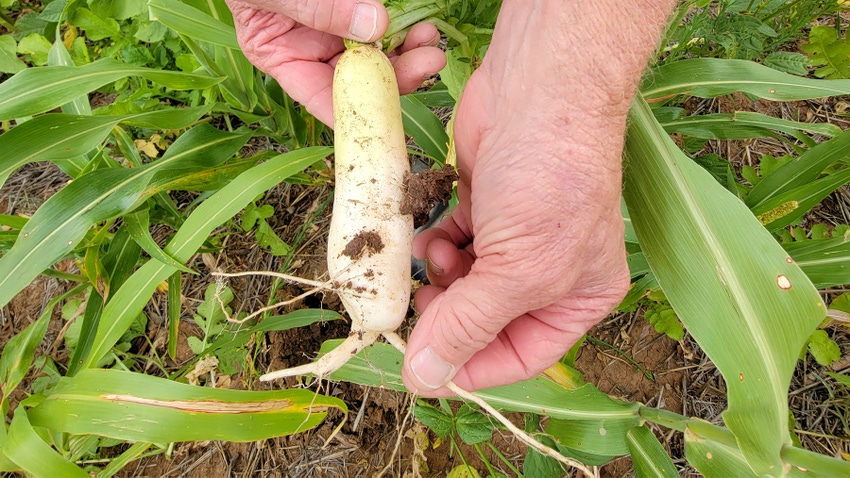
Ideal planting dates for cover crops vary, depending on intended use, region, and other cropping systems included in rotation.
The main concern, says Oklahoma State University Cropping System Specialist Josh Lofton, is to plant early enough to establish cover before winter cold temperatures or summer heat shuts down growth.
Lofton says an ongoing OSU study is assessing the critical temperatures to plant cereal grains. “We have a lot of information on how hot soils can be to plant wheat, but we don’t have that critical temperature range for other cereals such as oats, barley, and rye.”
He says early September is a good goal for northern Oklahoma. “Producers in the southern areas can drag that out a little because fall weather will be a bit more open.”
Cotton, peanut and some grain producers also will not be through harvest until later in the fall.
“We want to get cover planted and get adequate growth before the first frost. I remind growers that this is not a wheat crop. What we do for grain we might not want for a cover crop. We may not want canopy closure by the time we go into vernalization on a grain crop. For a cover crop, we want canopy closure; we want the soil protected, so we might plant a month early.”
That early start, he says, is where the critical temperature information is needed.
Other options
The other cover crop options, legumes, brassicas, forbs, and mixes, also need time to develop cover ahead of winter cold or summer heat.
“We would prefer to get these planted around the same time as we plant cereals,” Lofton says. “Typically, especially for brassicas such as canola, we like to plant in mid-September.”
That works for a lot of the legumes as well. He says variety trials show some winter hardy Austrian winter peas planted as late as December making relatively good growth before April. “I recommend that growers look at their objective, which typically ties into what the primary portion of the mix will be.
“For a small grain, we need to start planting when that particular small grain is most likely to be successful. If we choose legumes to add want nitrogen, plant when those legumes are most likely to be successful.
“Producers need to adapt but we can probably plant about everything around mid-September for winter cover. The legumes and brassicas might not germinate as well, but, for the most part, especially if we have a normal fall, we usually get pretty good emergence.”
He says summer-planted cover crops would follow a planting date similar to row crops. “We've shown that the same mix planted in April, when we start planting summer crops, looks very different when planted in July.”
He adds that the mix makes a difference. “Some of the crops in the mix will perform and grow a little differently planted in the spring — March, April and into early May — as opposed to planted in June, July and into August. Producers need to look at local data to determine best planting dates.”
Moisture makes a difference, Lofton says. “We've seen good growth planted into late July. When we get it in with adequate moisture and get early growth, we've had good residue develop in a short time. We did that last year even in those hot and dry conditions.
“We watered up some cover crops in mid-July and held a field day September 1. Sorghum Sudan was 8 feet tall. In only a month and-a-half we had good growth on some plots.”
He says in a mix of grasses and brassicas planted in April, the brassicas looked great. “We planted that same mix in late June this year and the brassicas look horrible but the sorghum Sudan looks great. A lot depends on when you plant.”
About the Author(s)
You May Also Like






